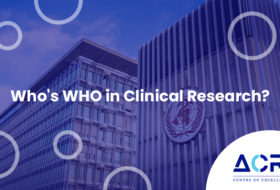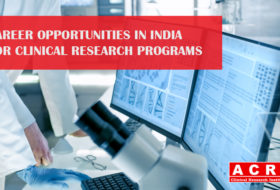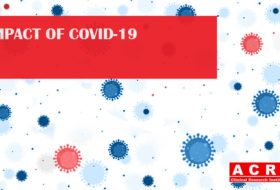A nations growth does not only depend upon the agricultural, industrial, and economical arenas. It also depends upon the way it performs in human development indices. One of the most important segments in this arena is clinical research, which is the study of ways to diagnose, treat, and prevent illnesses. Clinical trials have a very long history, with the first clinical trial being documented somewhere between 562 to 605 BC.
- In 1537 BC, Ambroise Pare unintentionally carried out a trial when he ran out of the standard treatment of boiling oil for open wounds. For this, he mixed egg yolk, oil of rose, and turpentine, which healed better than standard treatments.
- In 1747, Dr. James Lind proved the effectiveness of lemon in a group of sailors suffering from scurvy. With everyone on the same diet, some people were fed on lemon and vinegar, who recovered much faster than the others.
- In 1863, Placebos were first used to treat a controlled group to compare with those from new drug and randomized controlled trials.
- In 1944, multicenter trials were introduced, with multiple studies being conducted at various sites using the same protocol.
- In 1947, Nuremberg code developed 10 statements for the protection of human participants in trials.
- In 1964, Helsinki was developed, which outlines ethical codes for physicians and protection of participants in trials all across the globe.
- In 1988, US FDA was provided with more authority over the new drug approval.
- In 1990, ICH was assembled to eliminate differences in drug development requirement for three global pharmaceutical markets in US, Europe, and Japan.
- In 2000, a standard dossier was developed which was used in US, Europe, and Japan for proposing data gathered in trials to respective governing authority.
The present scenario of the Indian health care system
There has always been an increase in the Indian population every year. With this increasing population, the demand of healthcare is also expected to rise. India has also witnessed a rapid increase in levels of wealth and disposable incomes in the past decades, which in turn has led to an increase in the spending on healthcare. Lifestyle related diseases comprise almost 20% of the total diseases in India, which leads to an additional demand for specialized treatment.
Today, India has innumerous private hospitals and clinics providing quality healthcare with well-experienced doctors and access to preventive medicines. Diagnostic procedures are standardized, and health IT systems are streamlined. This has led to an increased need for skilled medical graduates. As per the Indian Brand Equity Foundation, India is the third largest exporter of pharmaceutical products in terms of volume. Almost 80% of the market is composed of generic low-cost drugs, which is the major driver of the industry.
The increasing aging population, rising incomes, and development of primary care facilities are expected to shape the pharmaceutical industry in the future. So, get in and lend a helping hand to our nation by getting enrolled with Avigna Clinical Research Institute to earn the best quality education and a certificate in PG diploma clinical research in Bangalore, which can help you build an amazing career for yourself, and an even brighter future for our nation!










